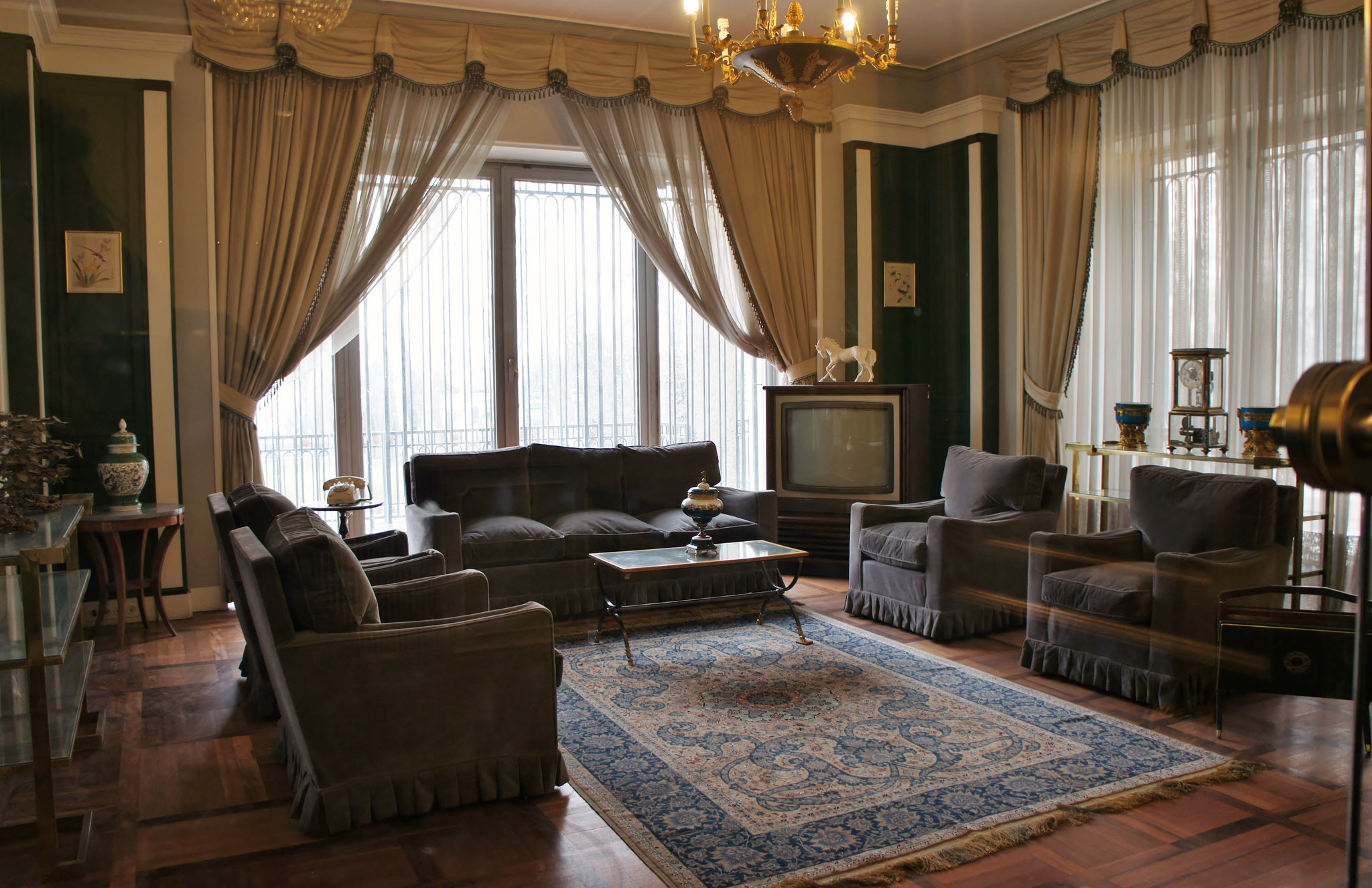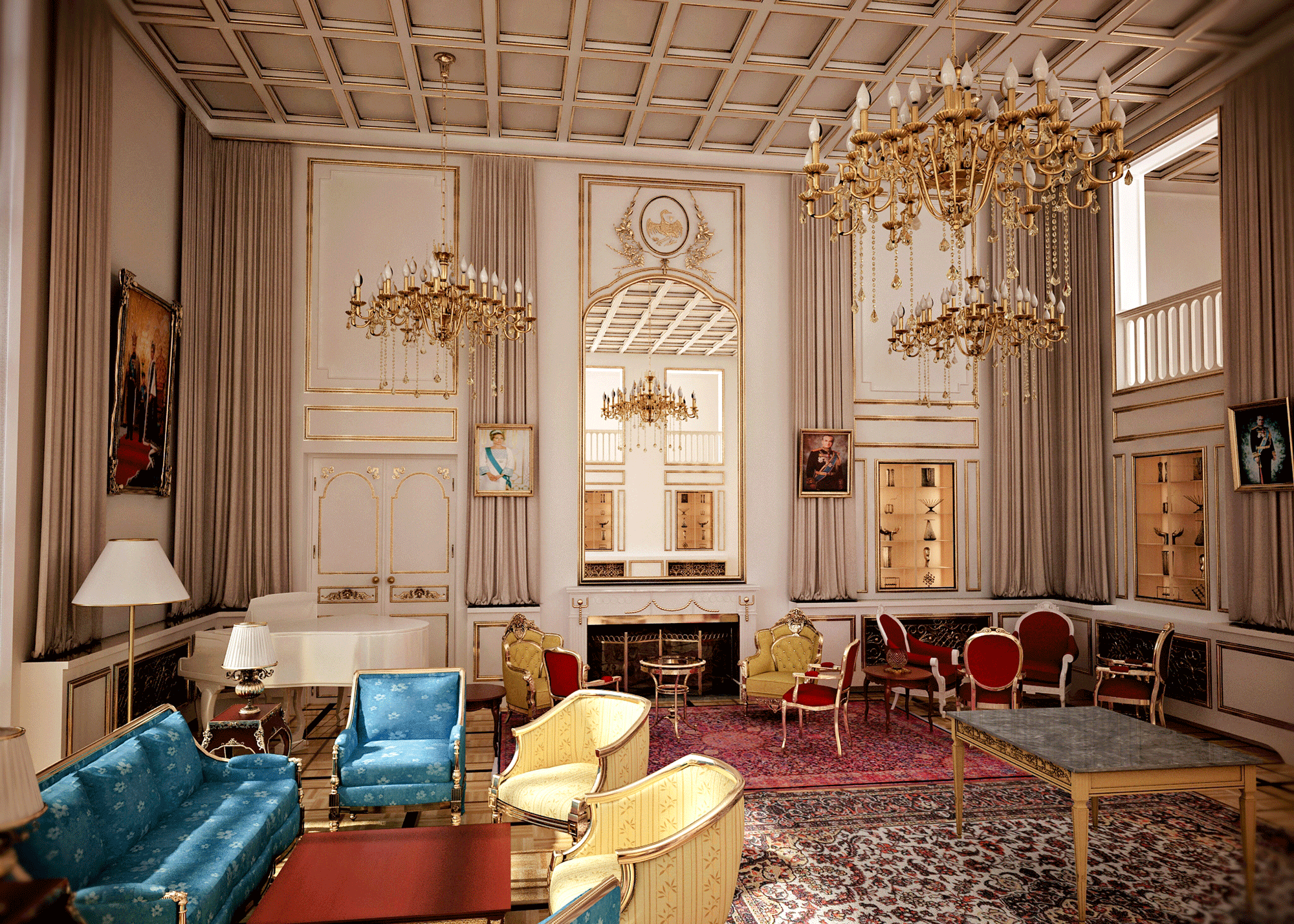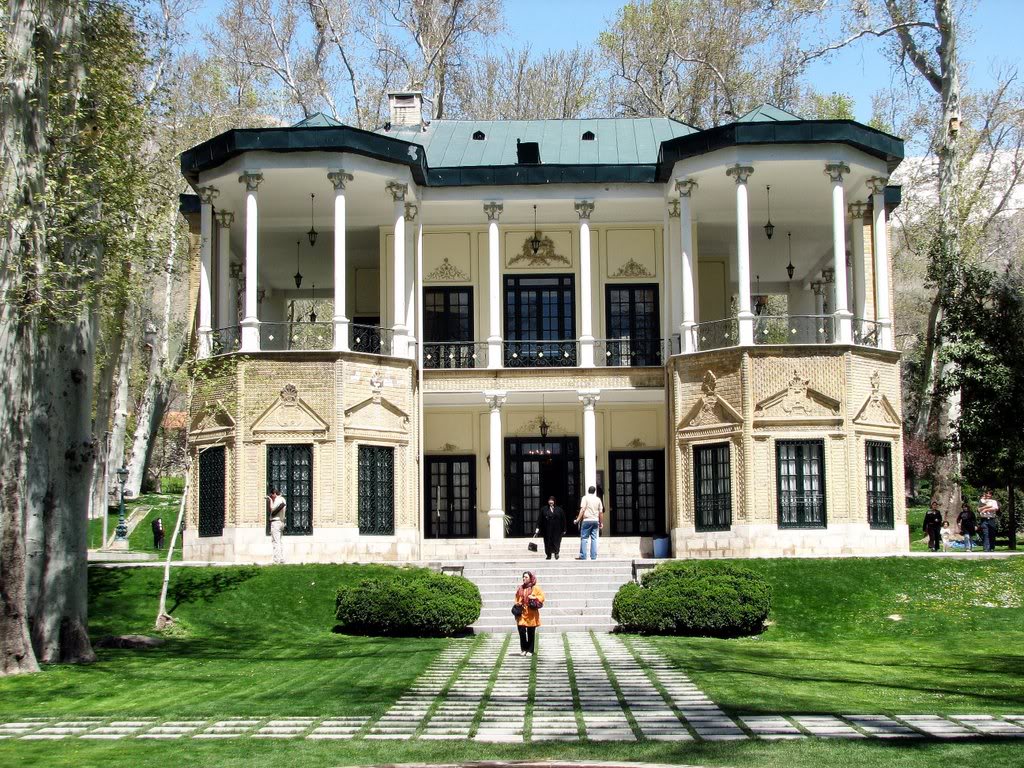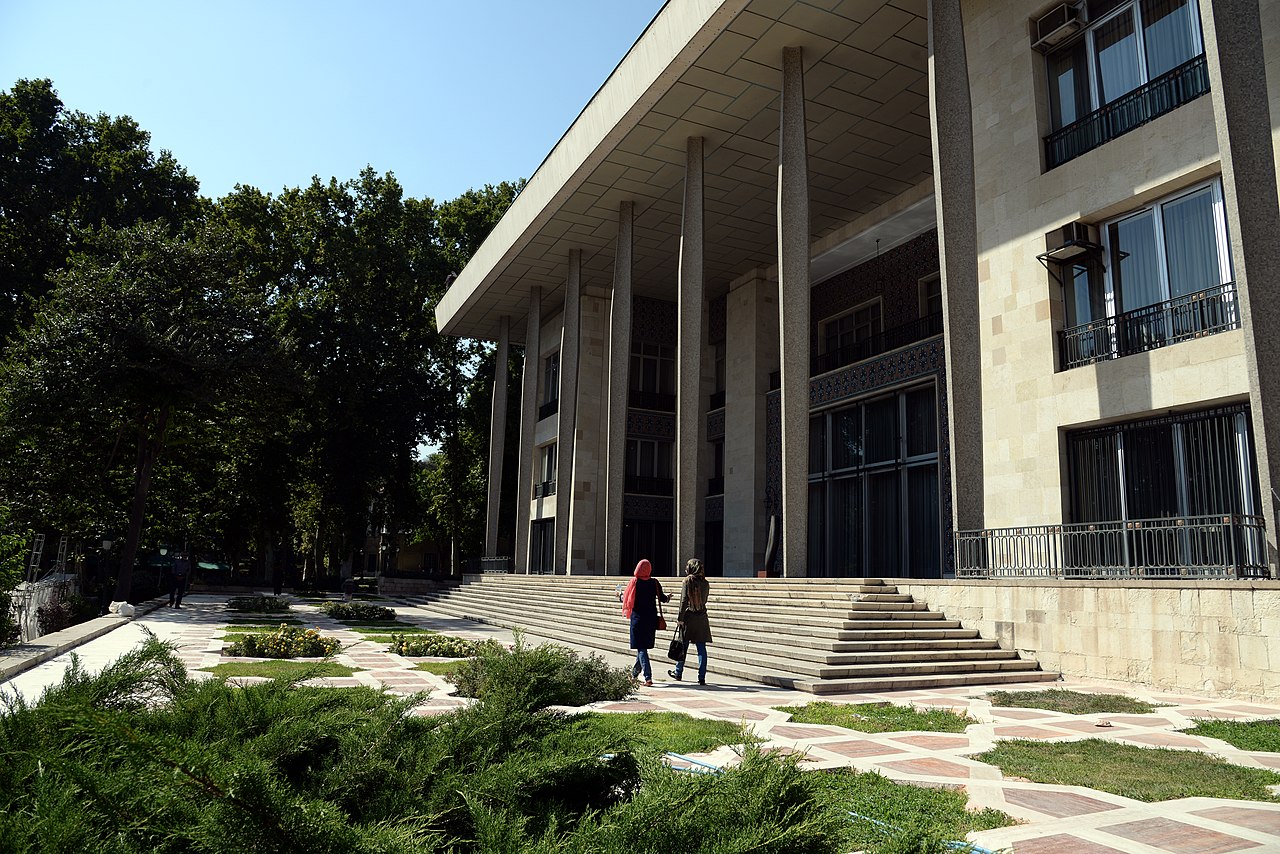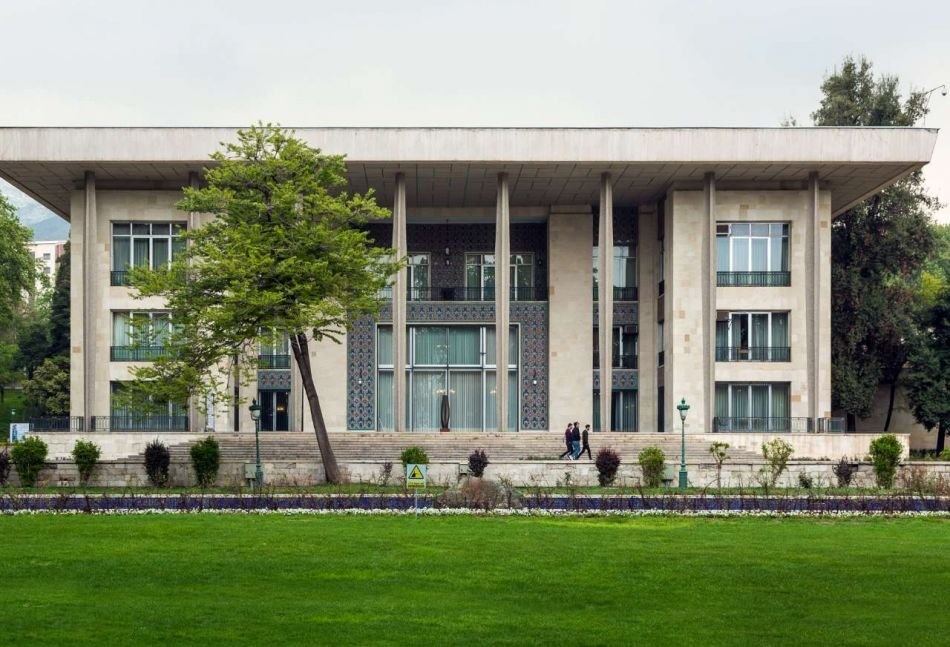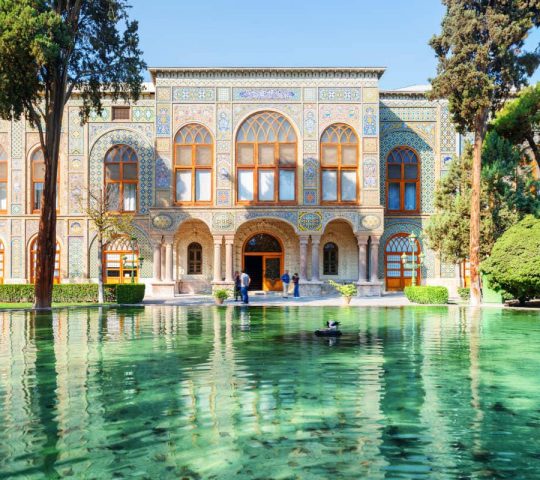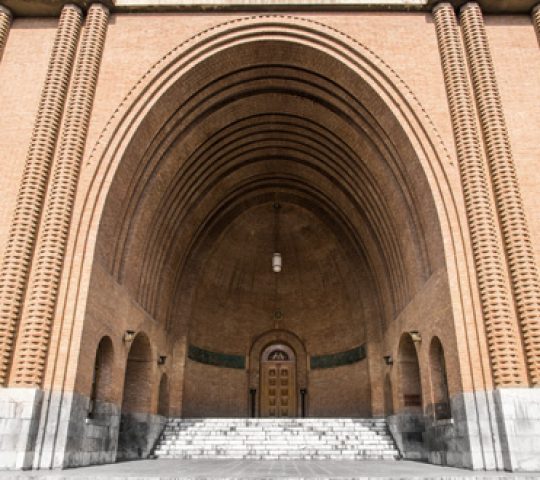Niavaran Palace Complex
Hightlight
-
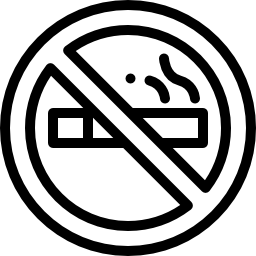 Non smoking
Non smoking
The Niavaran Palace Complex is an approximately eleven-hectare park-like area in the Niavaran district in the higher northeast of Tehran.
There are more than twenty buildings on the site, including the Sahebqaraniyeh Palace from 1870 from the time of Naser ad-Din Shah from the Qajar dynasty, as well as other historically valuable buildings from the Qajar and Pahlavi dynasties. The buildings are mainly used for cultural purposes, such as museums. So, several buildings on the site have been open to visitors, such as the Jahan Name Museum (1997), the Sahebqaranieh Palace (1998), and Koosh Ahmad Shahi (2000).
The Saadabad palace complex is about 5 km to the west.
Design and construction of the Niavaran Palace
The Niavaran Palace designed by the Iranian architect Mohsen Foroqi is located on a 9000 m² part in the northeast corner of the partially publicly accessible Niavaran Park. Construction by the Farmanfarmayan company began in 1958 and was completed in 1967. It was originally intended to be used as a government guest house, but then became the summer residence of the former Shah of Persia. The last Shah Mohammad Reza Pahlavi stayed here mostly with his family until the Iranian Revolution.
The very angular palace, designed with modern materials, is intended to reflect the country’s long history along with interior furnishings. The decorative elements have also been influenced by Islamic art. The stucco work was carried out by Abdollahi, the mirrors by Ali Asghari, and the brick elements in the outer area by Ibrahim Kazempour.
The floor of the Niavaran Palace is made of black stone with surrounding aluminum strips. The interior design and furniture were designed and executed by a French company. All rooms are arranged around the large hall on the ground floor, including a private cinema, dining room, guest room, waiting rooms, and side hall extensions such as the blue hall.
Half a floor higher are the office and conference rooms, Farah Pahlavi’s secretariat, bedrooms, and staff rooms. In the area of the stairwell, there is also a room in which the uniforms and medals of Mohammad Reza are kept. On the top floor, there are relaxation rooms by Mohammad Reza Shah as well as the rooms of the children and the staff responsible for them. The rooms are decorated with valuable pictures and wallpaper, and various state gifts are also here.

